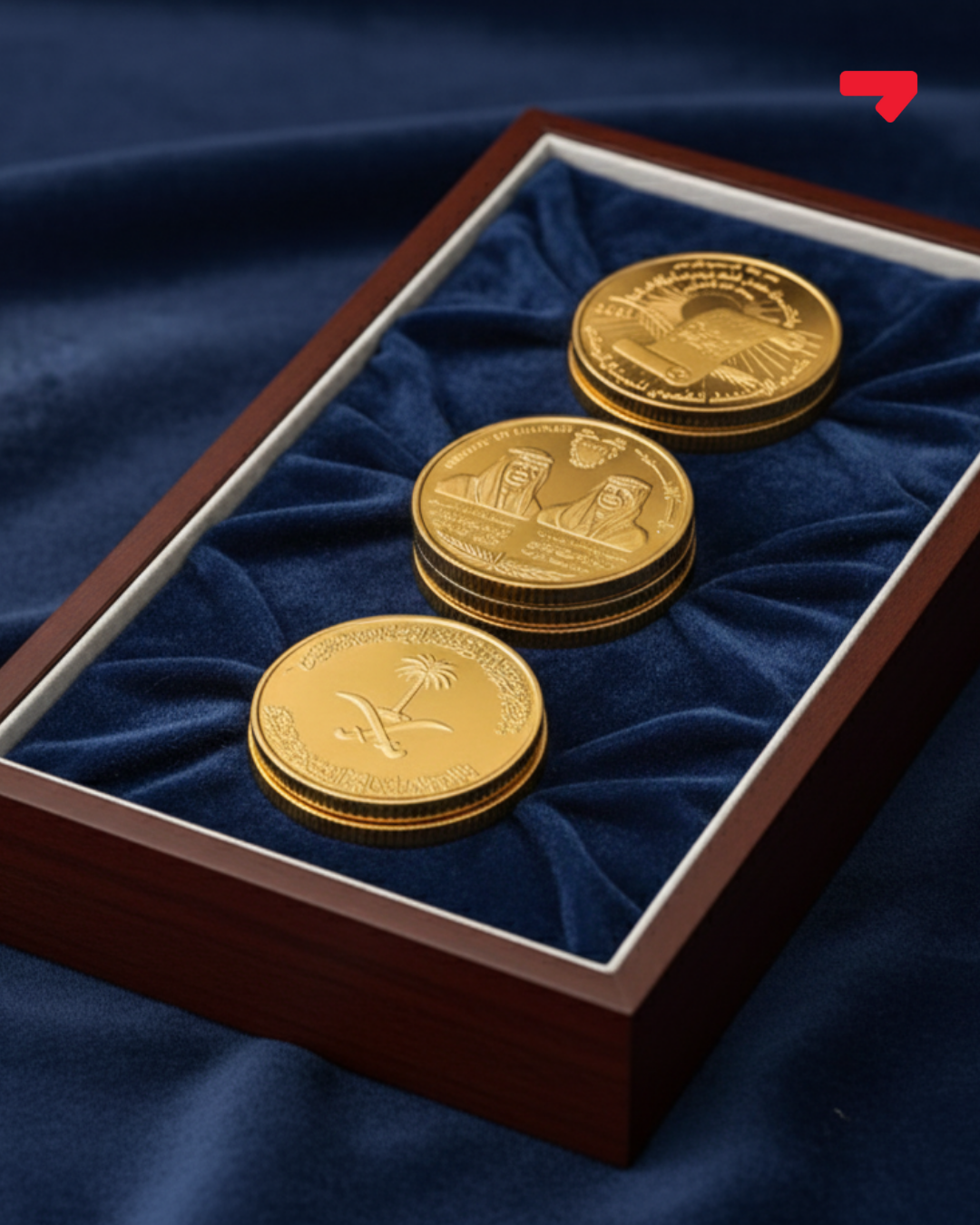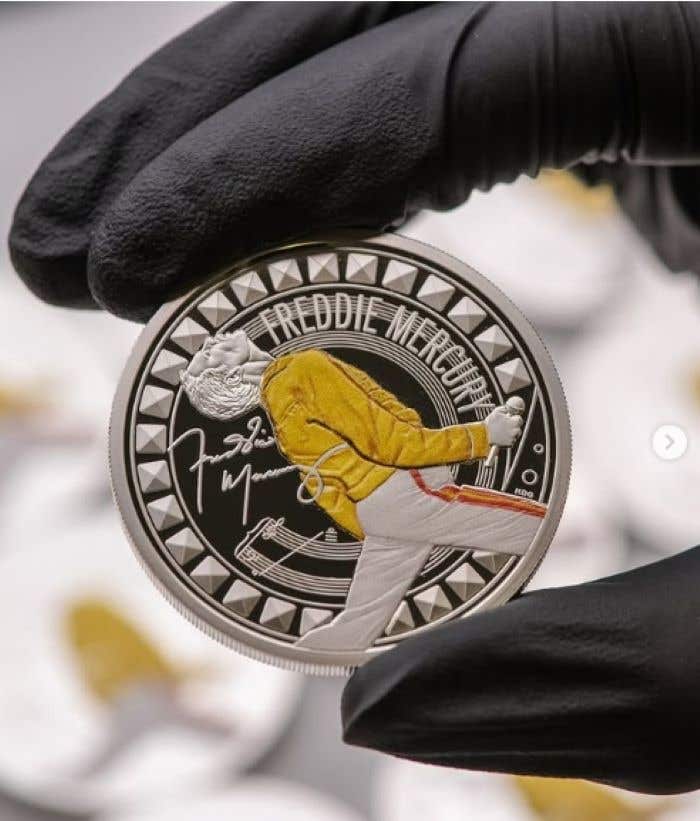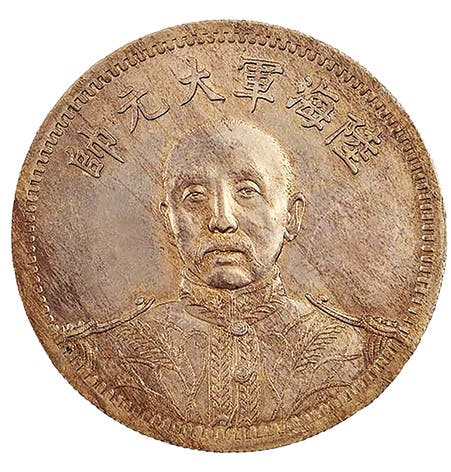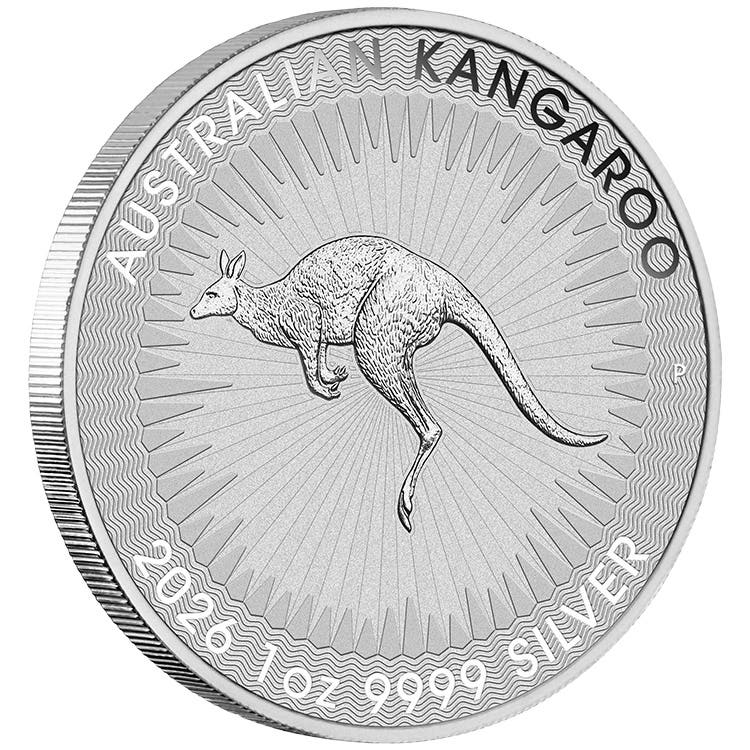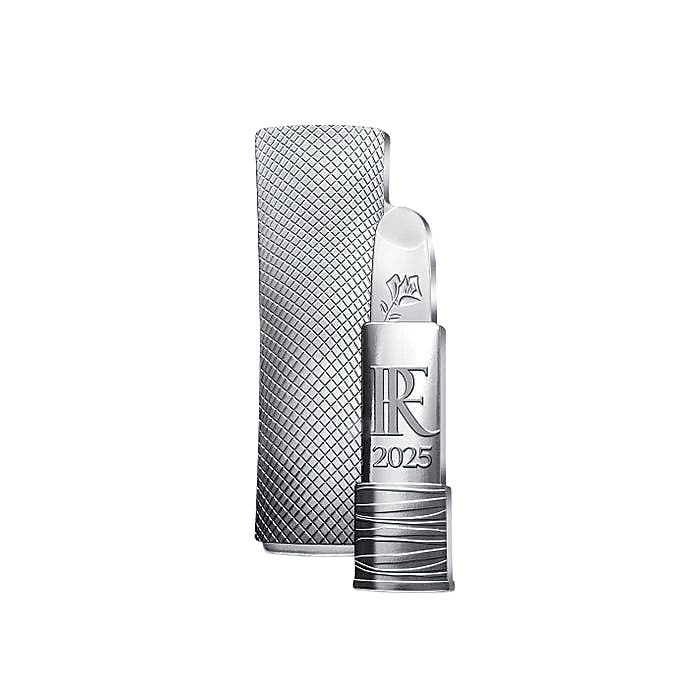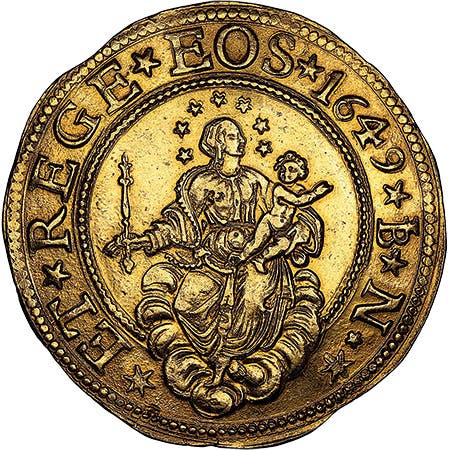Modern Coinage of Togo
I was a stamp collector when I was a kid, before I landed on coins. Somehow, there were these canceled stamps from all over the world. I remember the Togo…
I was a stamp collector when I was a kid, before I landed on coins. Somehow, there were these canceled stamps from all over the world. I remember the Togo stamps. They looked like French stamps with regional motifs.
Otherwise, I didn’t know anything about Togo, or Ivory Coast, or Upper Volta (now Burkina Faso), or Dahomey (now Benin).
Togo turns out to be one of the smallest and narrowest countries in the world. It would be prudent to have reasonable relations with its neighbors, and generally that is the case. The whole region has balance of payments issues, grinding poverty, internal unrest, and the nations of the region have comprehensively not fought wars directly with each other since independence.
They are too busy trying to keep the lid on internally. All of them have tended over time to operate as oligarchic dictatorships, perhaps with interludes of attempts at democracy.
There were people there in the early iron age, maybe 1000 B.C. People came in from outside during the 1200s to the 1500s. About 40 languages are spoken in Togo, which has a population of about 8 million.
There are these objects of the pre-colonial period, the Togo holed stones. They are mentioned in the founding document of Traditional Money Studies, “A Survey of Primitive Money,” by A. Hingston Quiggen.
The story goes that in Togo people would find piles of these stones underneath trees. Not every tree, but it was a phenomenon. Nobody had any convincing stories about who made them or why or when. Ancient, probably, before the migrants arrived. A thousand years ago or more.
They’re about 2-3 inches or so, rounded river rocks, with a smooth hole hand drilled in the middle. Double drill technique, the hole is started on both sides and meets in the middle. The first hole making technique. Started in Neolithic times, maybe twelve thousand years ago.
Were they money? Who knows? Could be votives: the value of the labor dedicated to a higher power. Could be family records: Neolithic books, if you will.
Nobody knows any facts about the Togo stones. We are free to theorize.
Quiggin wrote that the early 20th century use of the holed stones, when found, as amulets. “They fell from the sky,” she wrote that they said.
And beads in general were part of hand-to-hand trade. Local and foreign, wide range of values.
Quiggin also wrote that cowries were the general currency of the region in the 19th century. In West Africa they used packets of gold dust, cowries, beads, copper, brass, and iron things in convenient shapes and sizes for pre-coin money. Iron kissie pennies in Liberia, bracelets in Nigeria. She told a story about a guy who couldn’t buy a horse because the seller demanded payment in cowries, and he couldn’t get enough of them.
The Portuguese arrived in 1490. They were interested in gold and slaves; ivory was nice too. So much slaving went on that the region was named the “Slave Coast.” Right next to the Gold Coast, where the Europeans could get gold dust for beads.
Europeans proceeded to pull out resources and people from West Africa for the next couple of centuries.
In the 1880s the Germans managed to force a Protectorateship on a small king in coastal Togo, and proceeded to occupy territory inland until they got to lines where either the French or the British were on the other side. At that point negotiations were begun that culminated in documents that recognized Togoland as a German colony.
The Germans proceeded to develop a system for exploitation of the region. Locals were subject to forced labor and high taxes. The Germans built railroads, some hospitals, and schools in Lome, from which they were exporting a lot of cotton, cocoa, and coffee.
There are no coins or bank notes of German Togoland. Jerry Schimmel’s book on German tokens lists none specifically for Togoland, but there are stamps. In 1920 there was an exhibition in Hamburg about the lost colonies, and a paper notgeld was issued about Togoland.
During World War I British troops invaded from the west in coordination with French forces from the east. The Germans surrendered. The victors subsequently squabbled and divided Togoland between them. The authorizing documents were a mandate from the League of Nations.
British Togoland remained a colonial bit until it voted to join Ghana in 1957. There are no coins and no bank notes. The money would have been British West Africa.
The French side became the Togo that issued the Togo colonial coins.
There were aluminum-bronze 50 centimes, 1, and 2 francs. The module was the same as the metropolitan French BON POUR coins of the time. The coins mention the mandate status of the territory. The main dates are 1924 and 1925, there is a scarce 1926 50 centimes.
I’ve had quite a few of each denomination for 1924 and 1925. Circulated is the normal condition, some have light corrosion, some have been cleaned. Uncirculated specimens exist but are rare.
After World War II France reorganized its government and came up with a “French Union” to call its colonial enterprises. They hoped, one way or another, to keep the ball rolling. The general idea was that all the colonies would now become part of France. But most of the locals wanted to get out from under.
The Union Francaise coins were aluminum 1 and 2 francs dated 1948 and an aluminum-bronze 5 francs of 1956. They are available in uncirculated. The 2 francs is the expensive one in the Union Francaise series.
There are old fashioned essais made for bureaucratic purposes for the colonial coins. There are double thick piedforts for the 1948 coins. They used to be obtainable. None have drifted by of late.
The special colonial coins of Togo were supplements to the French West Africa coins and bank notes that made the bulk of the circulation in the region.
All of the French colonial coins were made at the Paris mint.
Formal independence came about in 1960. There were claims of a fraudulent election, as 100% of the vote went to the winner, one Sylvanus Olympio. He tried to pull back from France. The army took over in 1963 and assassinated him.
The army went on to install a puppet who patched up relations with France. He built a dictator state and ruled for 38 years. After his death the military installed his son in 2005.
Everyone was mad. The son resigned as President and ran for election. He won and began ruling dictatorially. There have been other elections, which he won. He is still the Head of State.
The money they have used in Togo since independence are the coins and bank notes of the West African States, which is a monetary union that uses a “French African Community” (CFA) franc, which was tied to the old French franc, now it’s tied to the euro.
There have been a growing number of commemorative coins made specifically for Togo.
The first commemorative issue was silver and gold coins with the portrait of the leader. They are dated 1977, struck by a private enterprise in Spain. They made off metal strikes, piedforts, and things stamped PRUEBA. They exist in the market, all on the auction side, it seems.
Since then, they’ve been making a few coins here and there, including some ostensibly for circulation, like the 6000 CFA francs with elephants saying hello of 2003, and some others in bimetallic base metal.
On the precious metal side, they’ve been making a run of Chinese New Year coins that they try to sell to potential Chinese collectors. Some of them are expensive, but I don’t really know how well they sell.
And there are coins commemorating various European notables and sports events. Base metal crowns with precious metal plating. Colorized coins.
Coins with boats. Coins with airplanes. Coins with animals. All the popular subjects. Tiny “affordable” gold coins.
It’s a tiny county with a small economic base. There is the possibility that the production of coins and stamps for the collector market makes a noticeable contribution to the Togolese economy.
I went looking for mint information on these late model commemoratives and didn’t find any. There are stylistic and manufacture elements to some that might point to Paris, but others, not so much. I briefly looked into who mints colorized coins and found that many national and private mints make them. If only the catalogers had read the certificates. But I’ve never bumped into any of these Togo commemoratives, so I just don’t know.
The British Museum website shows a 1000-franc coin they own, 2004, an ancient Greek princess. BM declares that it was “produced” by CoinInvestTrust, of Liechtenstein, but not the mint that struck it. CoinInvestTrust has been promoting modern commemorative coins since the 1960s. It has arranged lots of commissions with the Vienna mint, not far away from Liechtenstein.
But then I found the same coin, a cased set of the coin and its sister coin with the princess facing the other way and incuse, with a certificate by a private German company. I could only read part of the title on the certificate. So, I still don’t know.
The major mints of the world used to put out comprehensive reports about the world’s coinage output. They did that because a substantial portion of the world’s value was metal bits passing hand to hand, knowing who had put out an extra million quarter ounces of gold (Britain, perhaps) mattered in top level politics.
Now the entirety of the world’s circulating metal coinage is probably not even an asterisk in the total. Even banknote circulation is dwarfed by digital circulation. The mint reports are paying less attention. They kind of don’t care about the collector coins that are being made all over the world. They’re regarded as a side business at the major mints.
On the other hand, who uses coins these days, if they don’t have to?
I found two websites with lists of national and private mints. Both state that they don’t guarantee their lists to be complete.
Someone should figure out who made what in this forest of modern world commemorative coins and write a book. We’re interested in the mints, aren’t we?




